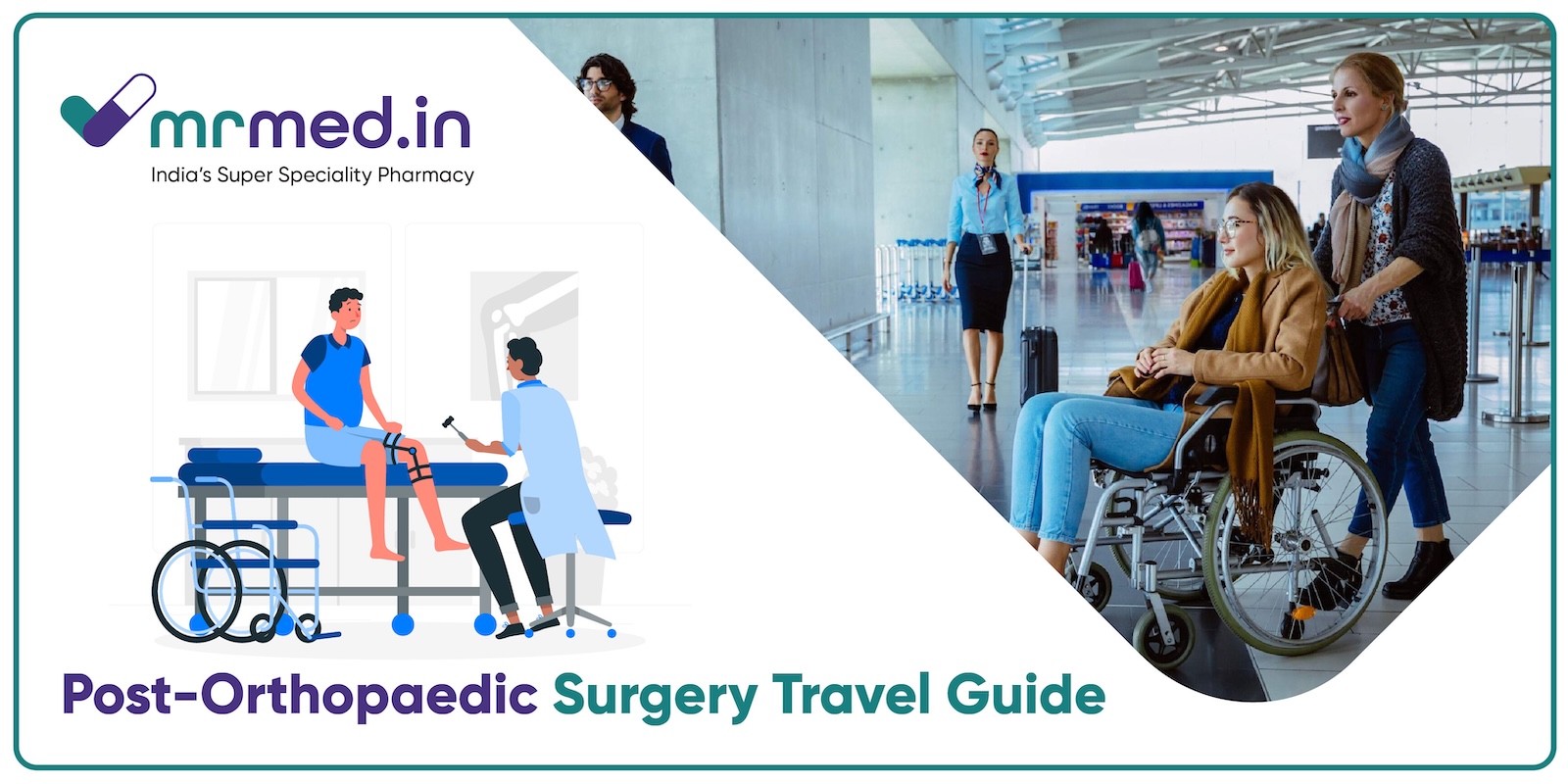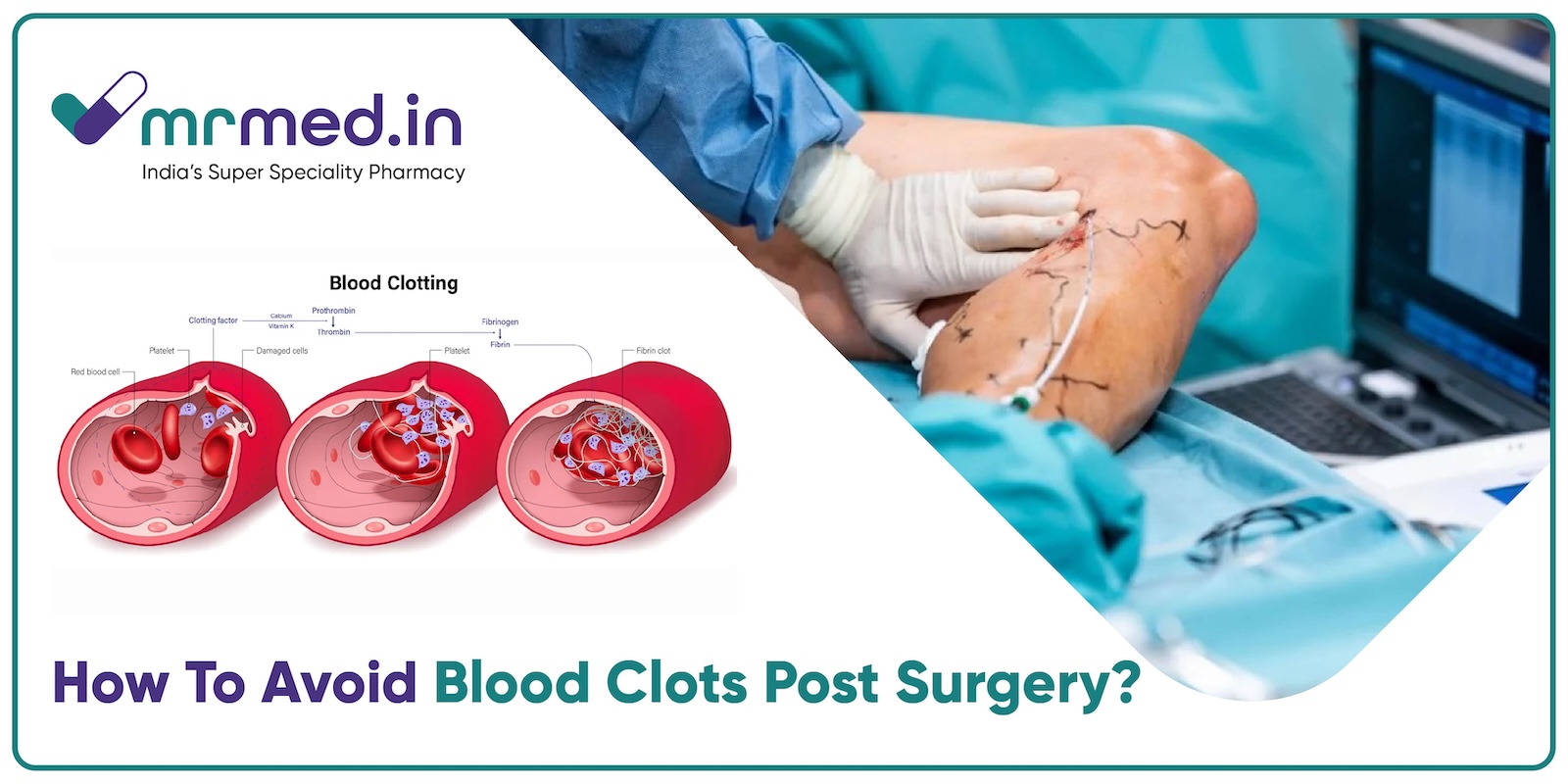Best Practices for Long-Distance Travel After Orthopedic Surgery

Strong 8k brings an ultra-HD IPTV experience to your living room and your pocket.
Orthopedic surgery, whether it’s for a joint replacement or a complex fracture repair, is often life-changing, improving mobility and reducing pain. However, traveling long distances after surgery requires careful planning and adherence to best practices to ensure a smooth recovery and prevent complications like blood clots. This blog provides essential tips and considerations for long-distance travel after orthopedic surgery, including advice on managing medications.
Why Is Long-Distance Travel After Orthopedic Surgery Risky?
Long periods of immobility, such as sitting during a flight or car ride, can significantly increase the risk of developing complications like:
- Deep Vein Thrombosis (DVT): Prolonged immobility may lead to blood clots, especially in the legs.
- Joint Stiffness: Reduced movement can cause discomfort and stiffness around the surgical site.
- Swelling: Extended sitting may lead to fluid accumulation, worsening post-operative swelling.
While long-distance travel is not inherently dangerous after surgery, taking precautions is vital to minimize these risks.
When Is It Safe to Travel After Orthopedic Surgery?
The timing of your trip depends on the type of surgery you’ve had and your overall recovery progress. Here’s a general guide:
- Minor Procedures (e.g., arthroscopy): Travel may be possible after 1-2 weeks.
- Joint Replacement Surgery (e.g., hip or knee): Wait at least 4-6 weeks, depending on your doctor’s advice.
- Spinal Surgery: Travel should be delayed for 6-8 weeks or longer.
Always consult your orthopedic surgeon before planning any long-distance trip to ensure your readiness.
How Can You Prevent Blood Clots During Travel?
Following orthopedic surgery, one of the primary concerns for travelers is the risk of developing blood clots. While medications are commonly prescribed to mitigate this risk, here are some additional strategies to consider:
1. Stay Hydrated
Dehydration can thicken your blood, increasing the risk of clot formation. Drink plenty of water during your journey and avoid alcohol or caffeinated beverages, as they can dehydrate you.
2. Move Regularly
If you’re flying or traveling by bus/train, try to stand up and walk every 1-2 hours. In a car, plan stops to stretch and move around. Simple exercises like foot pumps or ankle rotations can also help improve blood circulation.
3. Wear Compression Stockings
Compression stockings provide gentle pressure to your legs, improving blood flow and reducing the risk of clots. They are especially beneficial for flights longer than four hours.
4. Take Prescribed Medications
If your doctor has prescribed a blood thinner like Xarelto 20mg Tablet containing Rivaroxaban, take it as directed. Ensure you carry your prescription and enough medication for the duration of your trip.
What Should You Pack for Your Journey?
Packing strategically can make your journey more comfortable and reduce stress. Essential items include:
- Medications: Bring all prescribed medications, including pain relievers, anti-inflammatories, and blood thinners.
- Comfortable Clothing: Loose-fitting clothes reduce pressure on the surgical area and allow for easier movement.
- Pillows or Cushions: Use these to support your back, neck, or operated joint during the journey.
- Medical Documentation: Carry a doctor’s note explaining your condition and any special requirements, such as needing additional legroom or assistance.
How Can You Stay Comfortable During Travel?
Traveling post-surgery can be uncomfortable, especially for long durations. Here are some tips to make your journey as comfortable as possible:
1. Request Special Accommodations
If you’re flying, inform the airline of your medical condition in advance. Request a seat with extra legroom or near the aisle for easier mobility.
2. Maintain Proper Posture
Avoid slouching, as it can strain your spine and operated joints. Use lumbar supports or cushions to maintain a natural posture.
3. Ice Packs for Swelling
Bring portable ice packs to reduce swelling, especially during layovers or breaks in travel.
4. Stretch Your Legs
Gentle stretching can alleviate stiffness and improve blood flow. Focus on calf stretches, thigh stretches, and ankle rotations.
What Are the Red Flags to Watch for During Travel?
While traveling, stay alert for signs of complications, including:
- Swelling or redness in your legs: These could indicate a developing blood clot.
- Unusual pain near the surgical site: May signal infection or inflammation.
- Shortness of breath or chest pain: Could indicate a pulmonary embolism, requiring immediate medical attention.
If you notice any of these symptoms, seek medical help right away.
How Can You Plan for a Safe Recovery at Your Destination?
Once you’ve reached your destination, continue to prioritize your recovery:
- Stick to Your Routine: Take medications on schedule, perform physical therapy exercises, and follow any post-surgery restrictions.
- Elevate Your Legs: Reduce swelling by elevating your legs whenever possible.
- Find Local Medical Facilities: Research nearby hospitals or clinics in case of emergencies.
Travel Safely After Orthopedic Surgery
Long-distance travel after orthopedic surgery is possible with the right precautions and planning. From managing the risk of blood clots with medications to packing strategically for comfort, small steps can make a big difference in ensuring a smooth journey. Always consult your healthcare provider before traveling and follow their recommendations to prioritize your recovery and well-being.
Note: IndiBlogHub features both user-submitted and editorial content. We do not verify third-party contributions. Read our Disclaimer and Privacy Policyfor details.





